Animals Teaching Resources
Explore animal life in your science classroom with printable worksheets, classroom posters, and more teaching resources all about the different types of animals, their life cycles, characteristics and more!
This teacher-created collection includes a series of animal-focused teacher resources covering reptiles, birds, fish, mammals, and amphibians plus resources that classify a selection of vertebrates and invertebrates!
This comprehensive collection of teaching resources includes editable curriculum-aligned lessons on wildlife, endangered species and more — all ready to be printed and used in the classroom!
New to teaching this section of the science curriculum or looking for some fresh ideas? Read on for some tips on teaching about animal classification from our teacher team!
What Is Animal Classification? A Kid-Friendly Definition
In science class (and in professional study) animals are classified into groups based on physical and genetic characteristics. Scientists use a classification system called the Linnaean system to group different animals into progressively more specific categories, starting with the largest (and most inclusive group) and ending with the smallest and most specific group.
The categories are:
- Kingdom
- Phylum
- Class
- Order
- Family
- Genus
- Species
Helping students to remember these categories of biological animal classification, you might want to use a mnemonic such as:
- King Philip came over from Germany swimming.
- King Philip came over for good spaghetti.
- King Philip came over for good soup.
Sometimes the word "domain" is added to the top of the animal classification list, and in those cases you can add the word "dear" to your mnemonic sentences to help your students recall them all.
In the Linnaean system, every animal in nature is assigned a unique scientific name. The name includes their genus and species and it's used globally to refer to that animal — so, for example, a dog is a dog, but it's also a "canis lupus familiarise" according to its scientific name.
The animal classification system is used all around the world to help scientists understand the relationships between different animals and how they evolved over time.
Teaching About Animal Classification in Elementary School
How in-depth should your lesson planning be for animal classification? In the elementary grades, learning classifications of animals sets the stage for understanding how important this system is when scientists are studying animals in the natural world.
Consider this: In elementary school, students typically learn about the basic categories of animal classification, such as mammals, birds, fish, reptiles, and amphibians.
Your animal classification lessons can extend into learning about specific examples of animals within each category, such as lions and elephants for mammals, and eagles and penguins for birds.
By the time they head off to high school, students should already know the characteristics that define each group — such as the presence of fur or feathers (in birds) or most mammals' ability to give birth to live young. Students should also know about the classification of animals within each group, such as the different types of mammals or birds.
Ready to get started? Explore the resources in this collection!
- Plus Plan
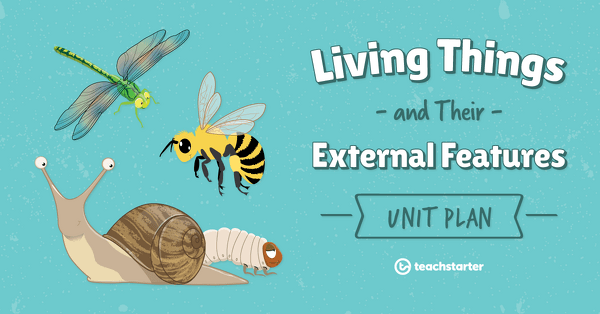
Let's Build an Earthworm House
A 60 minute lesson in which students will identify that living things live in different places where their needs are met.
- Plus Plan
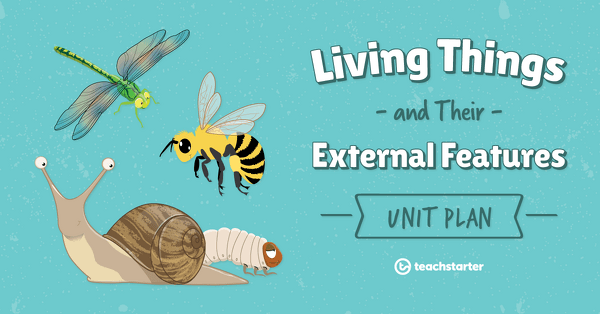
Amazing Tunnellers
A 60 minute lesson in which students will identify the external features of an earthworm.
- Plus Plan
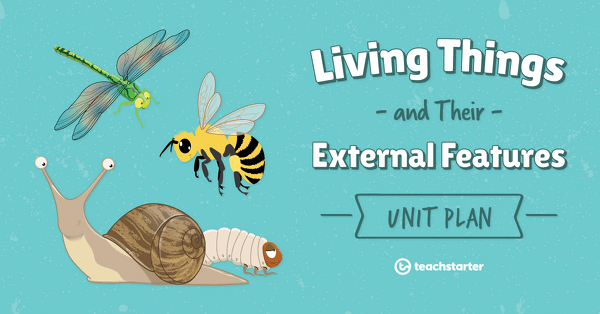
What Did We Find On Our Playground Safari?
A 60 minute lesson in which students will represent and communicate observations and ideas in a variety of ways.
- Plus Plan
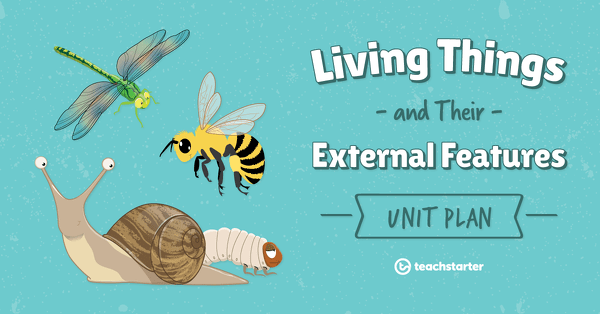
We're Going On a Playground Safari
A 60 minute lesson in which students will investigate the external features of small animals.
- Plus Plan
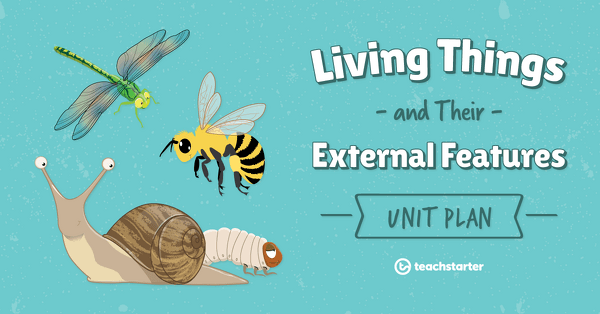
Asking Questions About Living Things
A 60 minute lesson in which students will identify that small animals have different external features.
- Plus Plan
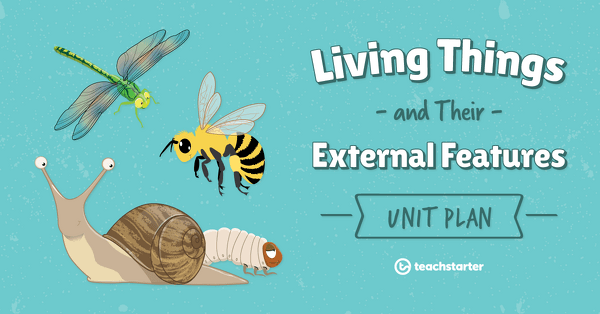
Living Things Are All Around Us
A 60 minute lesson in which students will activate prior knowledge about living and non-living things.
- Plus Plan
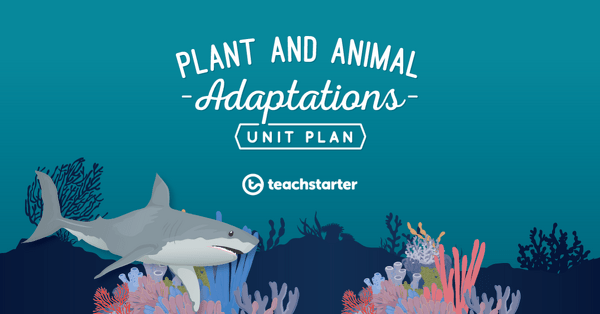
Animal Adaptations Inquiry Task - Presenting
- Plus Plan
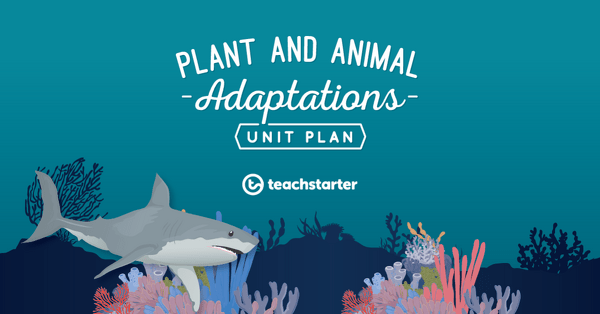
Animal Adaptations Inquiry Task - Researching
- Plus Plan

Animal Adaptations Inquiry Task - Introduction
- Plus Plan
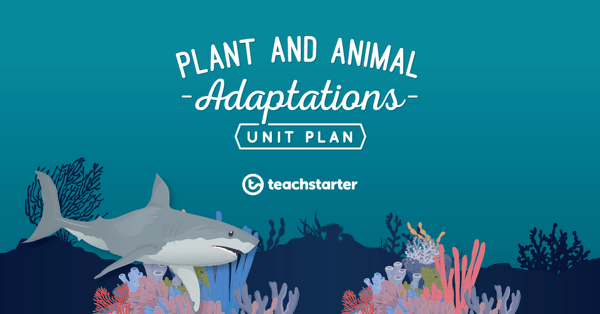
Blubber Me Experiment
A 60 minute lesson in which students will investigate how blubber works as an insulator.
- Plus Plan
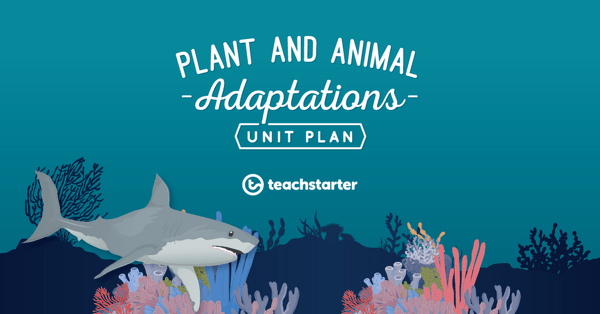
Physiological Adaptations
A 60 minute lesson in which students will explore the physiological adaptations of plants and animals.
- Plus Plan
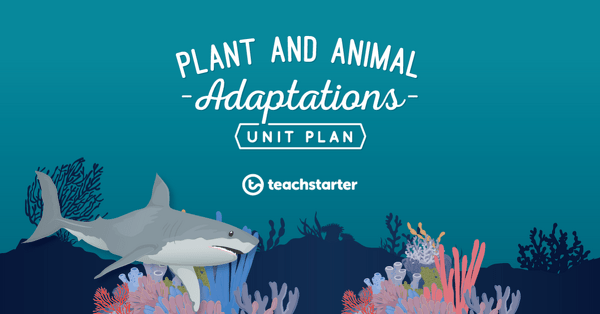
Behavioral Adaptations
A 60 minute lesson in which students will explore the behavioral adaptations of plants and animals.
- Plus Plan

Structural Adaptations
A 60 minute lesson in which students will explore the structural adaptations of plants and animals.
- Plus Plan
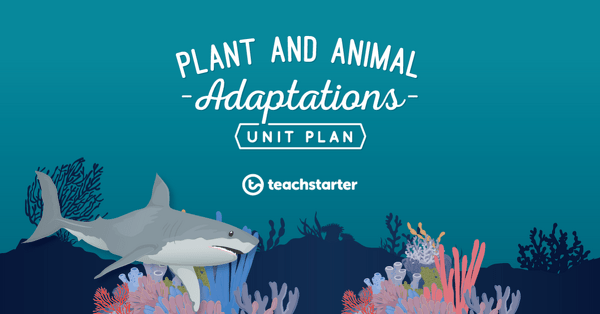
Introduction to Adaptations
- Plus Plan
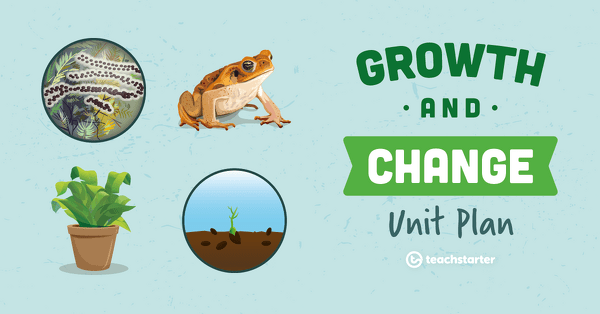
Changes, Changes Everywhere!
An assessment task in which students will demonstrate their knowledge and understanding of how living things grow and change.
- Plus Plan
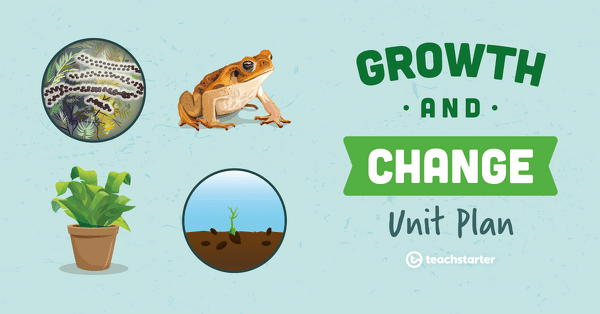
This is Your Life
A 60 minute lesson in which students will demonstrate knowledge and understanding of the stages of the human life cycle.
-
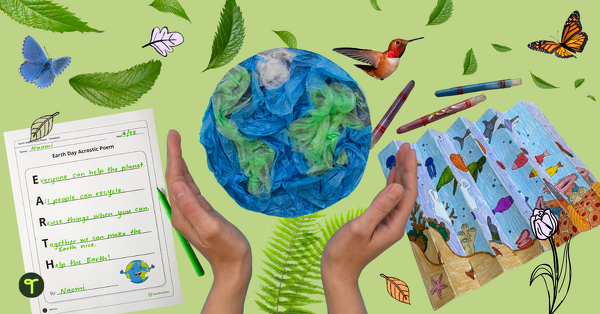
12 Teacher-Approved Earth Day Activities for Kids to Green Your Classroom (Plus Teacher Freebies)
Make Earth Day count with these fun Earth Day activities for kids in the classroom that incorporate math, science, and more, plus access free seeds, resources, and more for teachers!
-
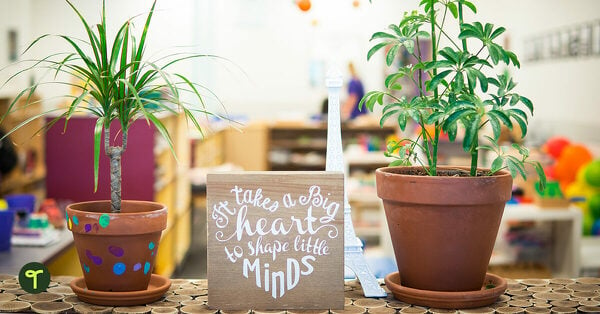
The Best and Worst Plants for the Classroom (And How to Care for Them)
Do you want to know the best plants to keep in the classroom (and those to avoid)? Check out this list of allergy-free, easy-care indoor plants for teachers!